Enterprise Architecture Management (EAM) is a strategic discipline that outlines a comprehensive framework to manage and align an organization’s structure, processes, and information systems to achieve its goals and objectives efficiently.
Enterprise Architecture Management provides organizations with the methodologies and tools necessary to effectively map out their current structures and future states. This discipline helps navigate the complexities of aligning IT strategies with business objectives, ensuring that all components are working cohesively towards desired outcomes. It fosters informed decision-making by providing a clear view of processes and technical architectures.
What features should you look for?EAM finds application in diverse sectors like healthcare, finance, and manufacturing to streamline processes, improve compliance, and foster innovation. The adaptability of EAM ensures fit across multiple industry standards and regulatory requirements.
Enterprise Architecture Management assists organizations by providing clarity and organizational consistency in technology planning and decision making. It aligns IT infrastructure with strategic goals to facilitate flexibility and nimbleness in response to changing business needs.
| Product | Market Share (%) |
|---|---|
| LeanIX | 13.1% |
| Sparx Systems Enterprise Architect | 11.3% |
| erwin Data Modeler | 8.8% |
| Other | 66.8% |









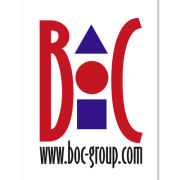















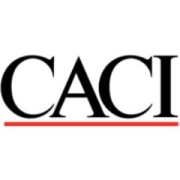

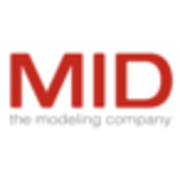


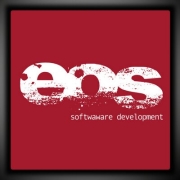

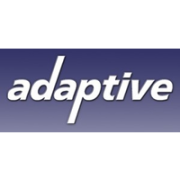









Enterprise architecture management (EAM) systems are tools that connect IT infrastructure and business strategy to outline, prepare, and maintain a company’s existing and future position.
Enterprise architecture has always been thought of as a method, however EAM systems have emerged to help with the analysis, design, and implementation of business technologies or strategies.
Enterprise Architecture Management can significantly enhance business agility by aligning technology with business goals. It provides a framework that helps you anticipate changes and adapt swiftly. EAM allows you to streamline processes, optimize resource allocation, and implement new technologies that support dynamic business needs. By maintaining a clear understanding of your IT assets and their relationships, you can reduce time-to-market for new services and products, enabling your organization to respond promptly to market changes and customer demands.
What role does Enterprise Architecture Management play in digital transformation?Enterprise Architecture Management is fundamental in digital transformation initiatives. It helps you create a coherent strategy that unifies digital tools and technology with your business objectives. EAM ensures that digital initiatives are aligned across the organization, reducing silos and duplications. By mapping out current and future states, it guides you through the transformation journey, ensuring that the integration of new technologies leads to enhanced operational efficiency, customer experience, and new business opportunities.
How does Enterprise Architecture Management support compliance and risk management?Enterprise Architecture Management supports compliance and risk management by providing a clear view of IT systems and processes. It helps you identify potential risks and ensure all systems and processes adhere to regulatory requirements. Through comprehensive documentation and analysis, EAM allows you to track compliance status and implement necessary controls. It also facilitates risk assessment by providing insights into vulnerabilities and dependencies, empowering you to mitigate risks proactively and maintain the integrity and security of your IT environment.
What are the cost-saving benefits of implementing Enterprise Architecture Management?Enterprise Architecture Management offers numerous cost-saving benefits by optimizing resource use and eliminating redundant technologies. Through improved visibility of IT assets, you can make informed decisions about technology investments, ensuring that resources are allocated efficiently. EAM identifies inefficiencies and overlaps in systems and processes, allowing you to consolidate and streamline operations. These efficiencies translate into reduced operational costs, better use of existing assets, and increased return on investment, all of which contribute to total cost reductions for your organization.
How does Enterprise Architecture Management enhance collaboration within an organization?Enterprise Architecture Management fosters collaboration by creating a unified language and framework across various departments. By defining and visualizing processes and systems comprehensively, EAM enables different teams to understand interdependencies and work together more effectively. This shared understanding reduces silos and encourages communication, as all stakeholders have access to the same information and objectives. By facilitating cross-departmental alignment, you can improve project outcomes, innovate more effectively, and work towards common business goals, enhancing overall collaboration.